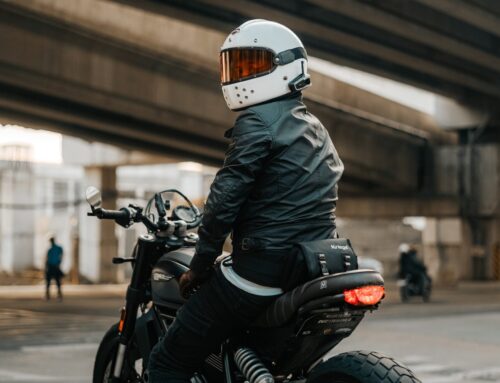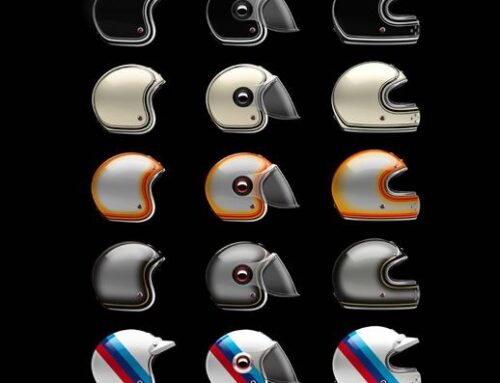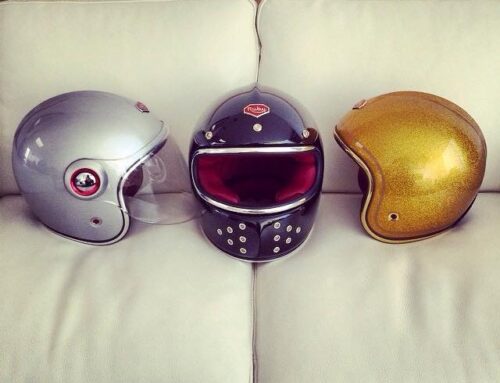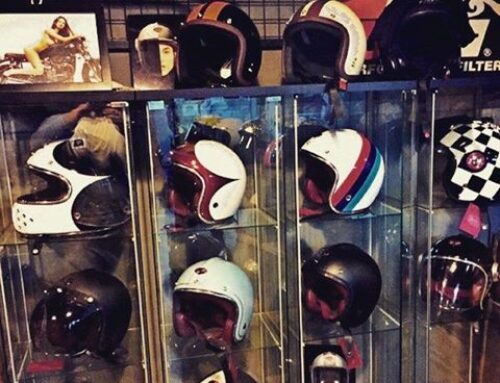Choosing the right motorcycle helmet is crucial for ensuring rider safety on the road. Among the various options available, the open-face helmet stands out for its unique design and features. However, many riders wonder if it’s safe to use an open-face helmet and whether it offers adequate protection. In this article, we will explore the pros and cons of using an open-face helmet, discuss its safety implications, and help riders make an informed decision regarding their helmet choice.
- Understanding the Open-Face Helmet
The open-face helmet, also known as a 3/4 helmet, covers the top, back, and sides of the head, leaving the face exposed. It provides more coverage than a half helmet but less than a full-face helmet. The design features a visor or a face shield that can be flipped up or down, offering protection to the eyes while providing ventilation and a sense of freedom for the rider.
- Safety Considerations
The safety of any helmet is of utmost importance for motorcycle riders. Open-face helmets do offer some level of protection by covering the crucial areas of the head. However, compared to full-face helmets, they leave the face vulnerable to impacts, making them less secure in certain situations, such as high-speed crashes or collisions with objects. The chin area, in particular, is exposed, and this can increase the risk of facial injuries.
- Helmet Regulations and Standards
Different countries have specific regulations and safety standards for motorcycle helmets. In some regions, open-face helmets may be legal for use, but they might have specific requirements, such as additional eye protection when the face shield is up. It is essential for riders to familiarize themselves with local laws and adhere to the approved safety standards to ensure their helmet meets the necessary requirements.
- Pros of Open-Face Helmets
a. Increased Field of Vision: Open-face helmets provide a wide field of vision, allowing riders to have better peripheral awareness of their surroundings.
b. Communication and Interaction: The open design facilitates better communication with others, making it easier to talk with fellow riders or interact with pedestrians.
c. Comfort and Ventilation: Open-face helmets are often more comfortable in hot weather due to improved ventilation, reducing the risk of overheating.
d. Visibility and Recognition: The rider’s face is visible, which can enhance recognition by other road users, leading to potentially safer interactions.
- Cons of Open-Face Helmets
a. Reduced Protection: The main drawback of open-face helmets is the lack of protection for the face and chin area, leaving riders vulnerable to injuries in accidents.
b. Noise and Wind: Open-face helmets tend to be noisier and allow more wind to hit the face, potentially causing discomfort during extended rides.
c. Weather Sensitivity: In adverse weather conditions, such as rain or cold, open-face helmets may not offer the same level of protection and comfort as full-face helmets.
d. Bug and Debris Exposure: Riders are more exposed to bugs, debris, and road particles, which can be distracting and potentially hazardous.
- Who Should Use Open-Face Helmets?
The suitability of an open-face helmet depends on various factors, including the rider’s riding style, preferences, and the type of roads they frequently ride on. Open-face helmets may be suitable for city commuting, low-speed cruising, or leisurely rides where safety risks are relatively lower. Riders should carefully assess their riding habits and the potential risks they might encounter before deciding on the type of helmet that best suits their needs.
Conclusion
In conclusion, the use of an open-face helmet comes with its own set of advantages and disadvantages. While open-face helmets provide comfort, better communication, and increased visibility, they may not offer the same level of protection as full-face helmets. Ultimately, the decision to use an open-face helmet should be based on an individual rider’s preferences, riding style, and safety considerations.
Regardless of the type of helmet chosen, riders should prioritize safety by ensuring their helmets meet local regulations and approved safety standards. Additionally, other safety gear, such as protective clothing, gloves, and boots, should complement the choice of helmet to maximize rider safety on the road. Remember, making an informed decision about helmet selection is a crucial step towards ensuring a safe and enjoyable riding experience.





